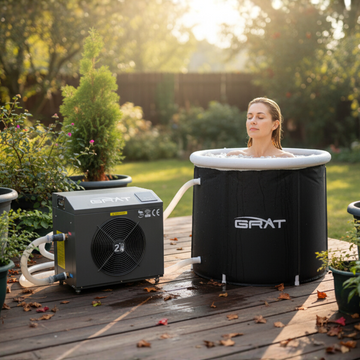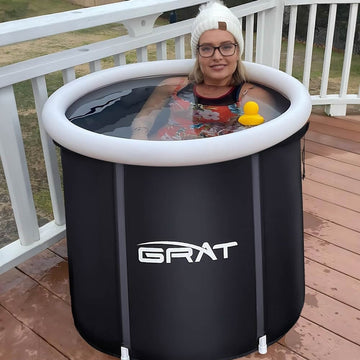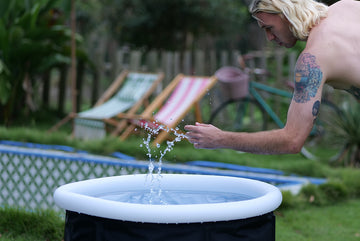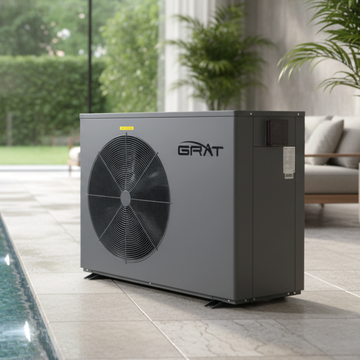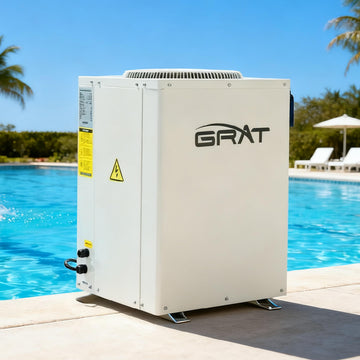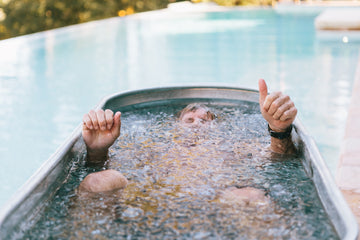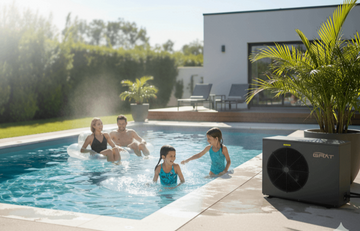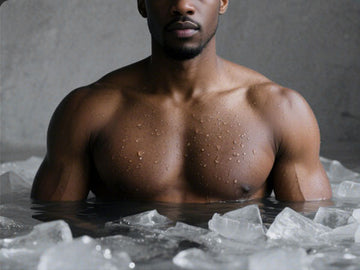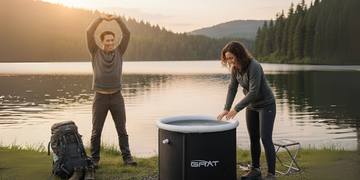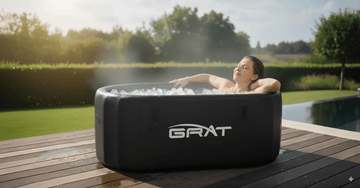Cold therapy has become a trend in sports recovery and wellness. The two most common methods are cold plunges and whole-body cryotherapy. While seemingly similar, they differ significantly in principles, cost, and applicability. This article provides a comprehensive comparison to help you find the most suitable option.
1. Principles and Characteristics of Cold Plunge
- Immerse the body in cold water at 10–15°C (50–55°F).
- Reduces inflammation and alleviates soreness through vasoconstriction and subsequent vasodilation.
- Advantages: Simple operation, low equipment cost (cold plunge machine or ice bucket).
- Disadvantages: Intense experience, poses psychological challenge for beginners.
2. Principles and Characteristics of Cryotherapy
- Enter a cryochamber at -110°C to -140°C for 2–3 minutes.
- Extreme cold rapidly stimulates the nervous system, triggering a powerful cold-adaptation response.
- Advantages: Short duration, drier experience, avoiding damp discomfort.
- Disadvantages: Expensive equipment (tens of thousands of dollars), typically requires professional facilities.
3. Effectiveness Comparison
- Inflammation & Recovery: Similar efficacy, though ice baths suit long-term use better.
- Convenience: Ice baths can be done at home; cryotherapy chambers require gyms or clinics.
- Psychological Experience: Cryotherapy chambers are easier to stick with but come at a high cost.
4. Suitable User Groups
- Ice Baths: Athletes, fitness enthusiasts, home users.
- Cryotherapy: Professional or rehabilitation center users seeking rapid, luxurious experiences.
Conclusion
If you aim to establish a long-term cold therapy routine, ice baths offer greater affordability and practicality. For those seeking short-duration, high-intensity stimulation, cryotherapy chambers may be more suitable.
